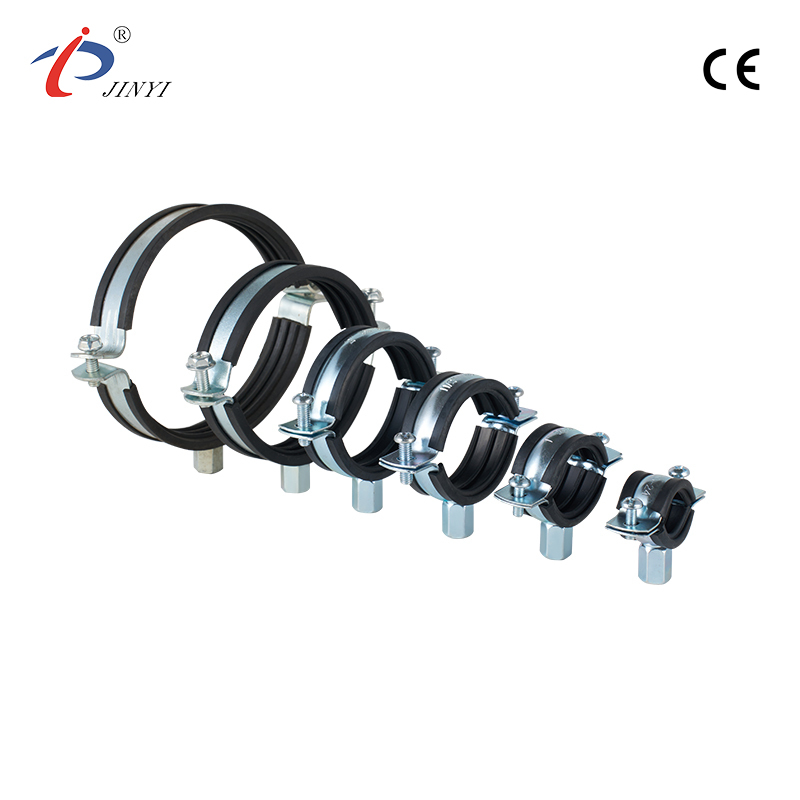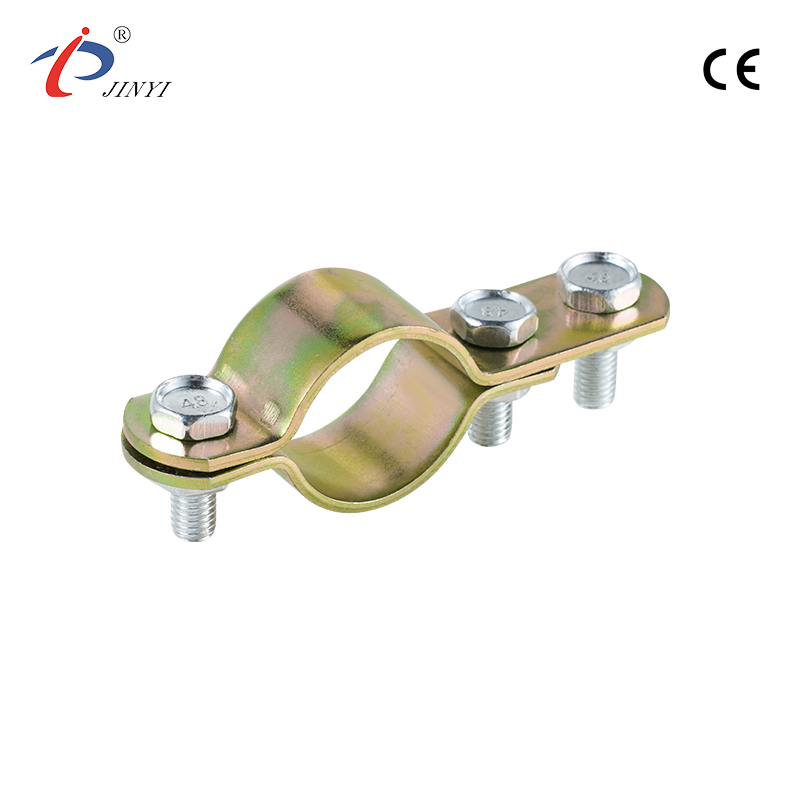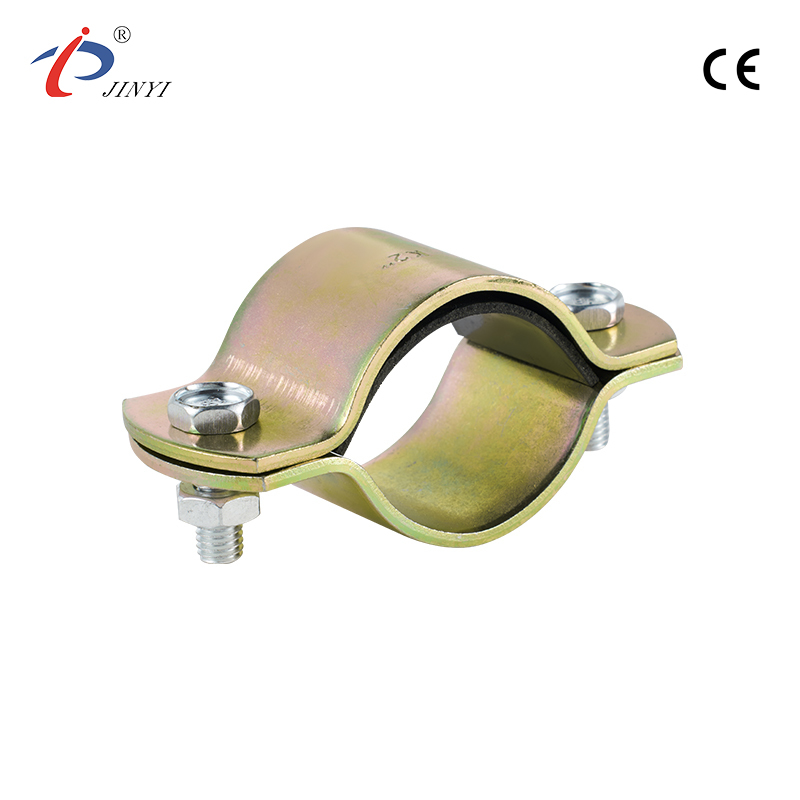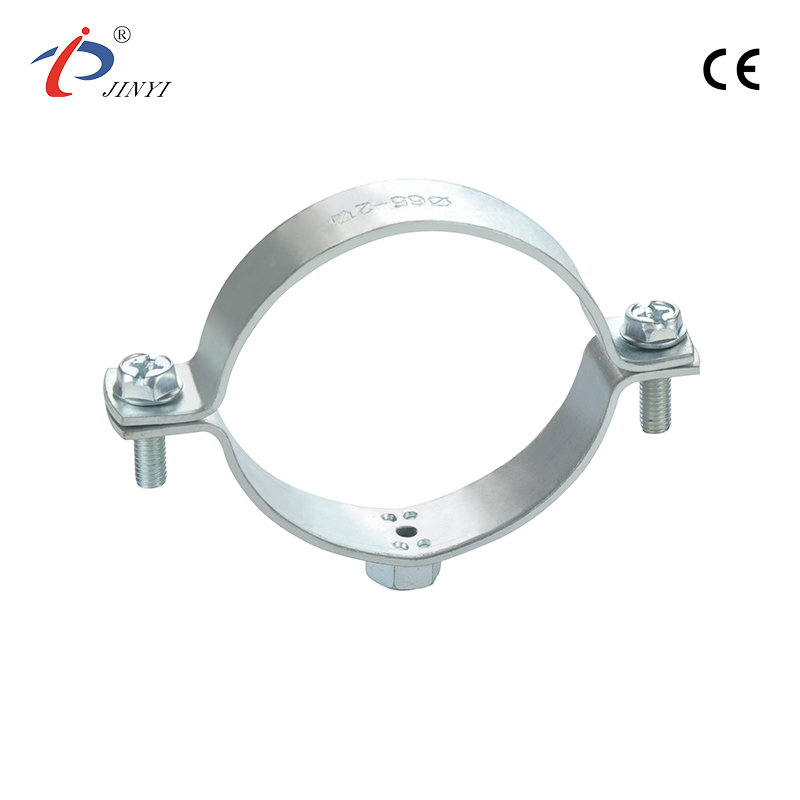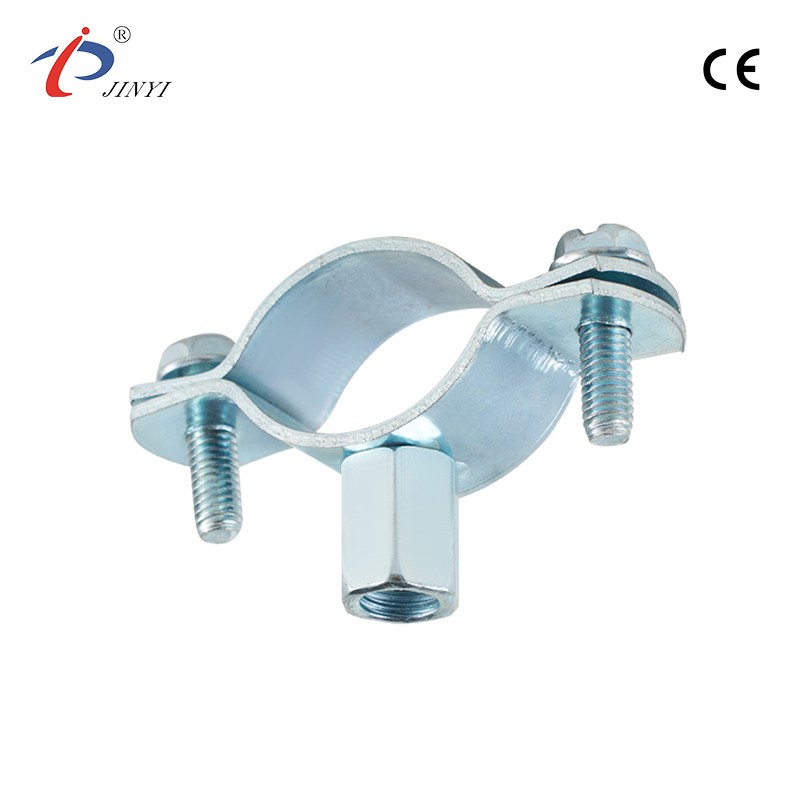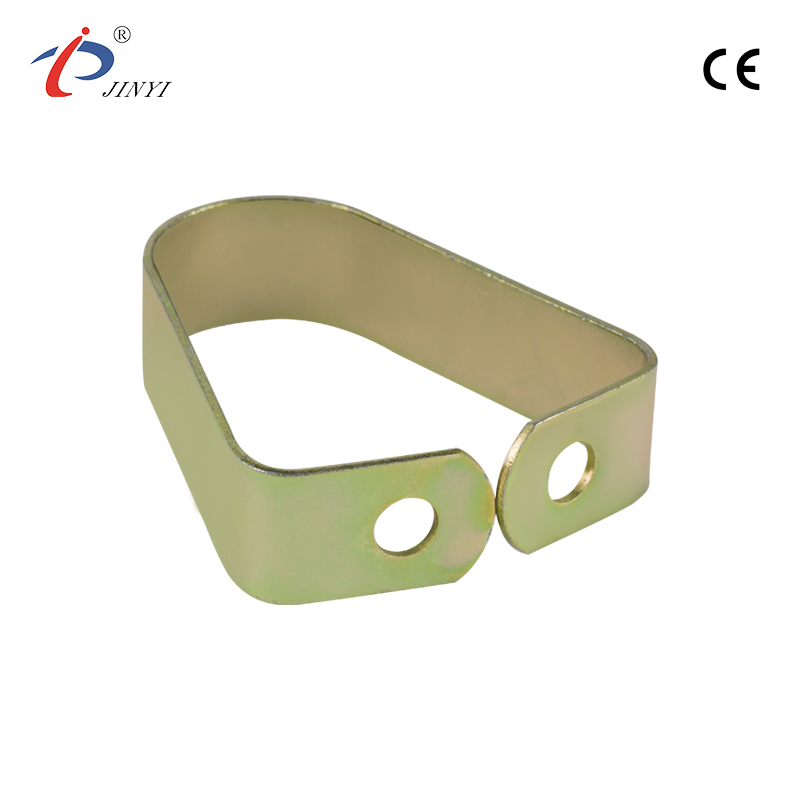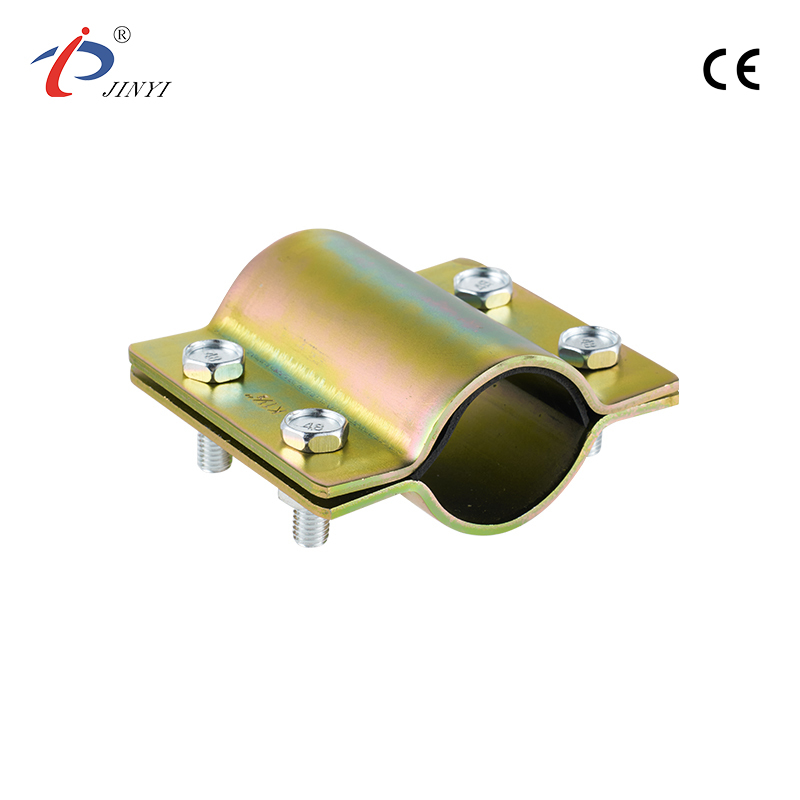Unseen Strength: Precision Support Frames Where Water Meets Weight
2025-08-08
In the infrastructure of wet spaces—from residential bathrooms to commercial facilities—Shower Bases Support Frame and Decoupling Tank components operate as unsung pillars of stability. These elements, often hidden from view, address the unique challenges of environments where water, weight, and movement converge, ensuring structures remain secure and functional over time. Their design focuses on practical solutions to common stressors, from the pressure of daily use to the subtle shifts of plumbing systems.
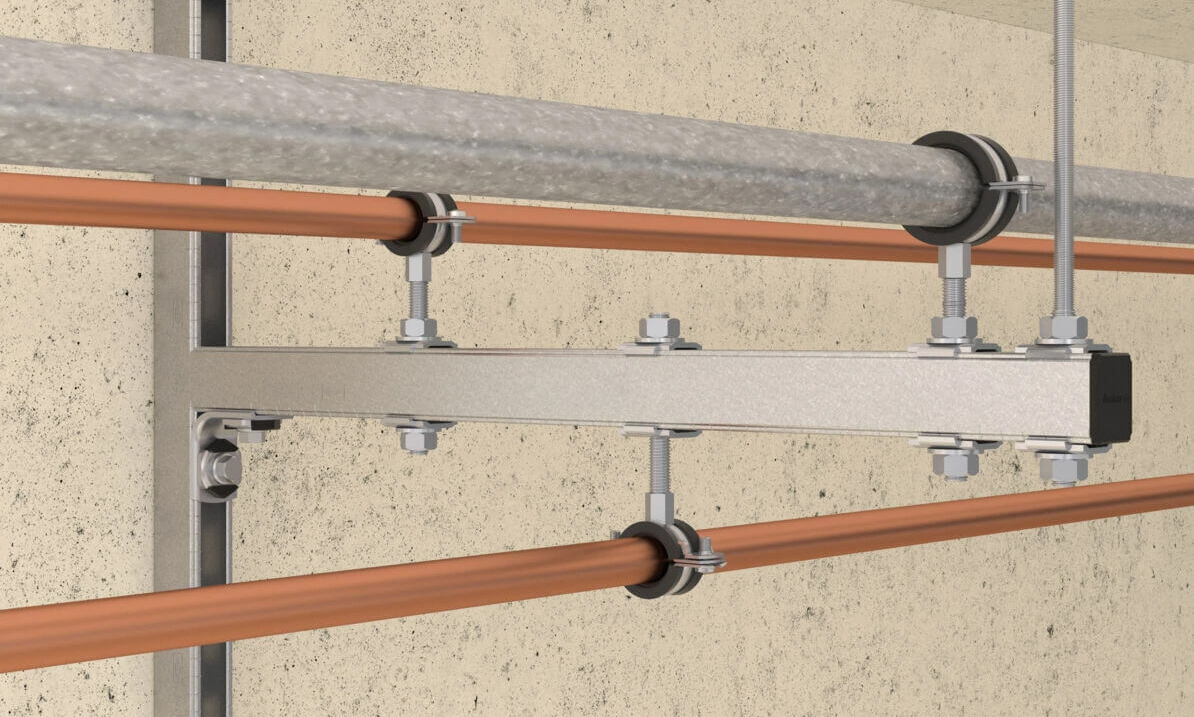
Shower Bases Support Frame: Bearing Weight, Resisting Moisture
Shower Bases Support Frame serves as the foundational structure beneath shower pans, tasked with distributing weight evenly to prevent sagging, cracking, or displacement. In residential settings, this means supporting the combined weight of the shower base itself, water, and users—often totaling several hundred pounds. In commercial spaces, where usage is more frequent, the frame must also withstand repeated stress without deforming.
Materials play a critical role in their performance. Steel and stainless steel are common choices, selected for their strength-to-weight ratio and resistance to corrosion. Steel frames are often galvanized to create a protective layer against moisture, a key consideration in environments where water exposure is constant. Stainless steel, with its natural resistance to rust, is preferred in areas with high humidity or where cleaning agents might accelerate wear.
Design details enhance functionality. Many frames feature adjustable legs, allowing installers to level the shower base even on uneven subfloors—a common issue in older buildings. Cross-bracing between frame members adds rigidity, preventing lateral movement that could weaken the base over time. For larger shower bases, frames may include additional support beams positioned at intervals to match the base’s structural points, ensuring weight is distributed across the entire subfloor rather than concentrated in a few areas.
Decoupling Tank: Mitigating Stress in Water Systems
Decoupling Tank components address a different set of challenges, focusing on reducing stress in plumbing systems caused by movement, pressure fluctuations, or thermal expansion. These tanks act as intermediaries in water lines, creating a separation between rigid components to absorb shifts that could otherwise result in leaks or pipe damage.
In residential plumbing, for example, hot water flowing through pipes causes them to expand slightly, while cold water causes contraction. Over time, this repeated movement can loosen connections or strain joints. A Decoupling Tank installed near water heaters or where pipes change direction creates a flexible point in the system, allowing for expansion without transferring stress to fixed fixtures like shower valves or wall-mounted pipes.
Materials for these tanks are chosen for durability and compatibility with water. Brass is often used for its malleability and resistance to corrosion, while stainless steel components provide strength in high-pressure lines. The tank’s internal design includes gaskets or diaphragms made from rubber or silicone, which flex with pressure changes to maintain a tight seal without rigid resistance. This flexibility ensures the tank itself doesn’t become a point of failure.
How They Work Together in Wet Environments
In spaces like bathrooms, Shower Bases Support Frame and Decoupling Tank components often operate in tandem, each addressing a layer of structural integrity. The support frame ensures the shower base remains stable under direct weight, while the decoupling tank protects the plumbing feeding that shower from stress-related damage.
Consider a typical bathroom setup: the support frame secures the shower base to the floor, preventing movement that could disrupt the seal between the base and drain pipe. Meanwhile, a decoupling tank installed in the water line near the shower valve absorbs pressure spikes from the main water supply, helping to protect the valve and connecting pipes from stress each time the shower is turned on.
In commercial settings, such as gym locker rooms or hotel bathrooms, this synergy becomes even more critical. High usage means more frequent weight on shower bases and more frequent pressure changes in plumbing. A robust support frame prevents premature wear on shower pans, while strategically placed decoupling tanks reduce the need for frequent pipe repairs, lowering maintenance costs over time.
Practical Considerations for Installation and Longevity
Installing these components requires attention to specific details to ensure they perform as intended. For Shower Bases Support Frame, proper sizing is key—frames must match the dimensions of the shower base, with support points aligned to the base’s edges and drain location. Installers should also check for level during setup, as an uneven frame may cause water to pool in the shower, increasing the risk of leaks.
Maintenance steps are straightforward but essential. Support frames should be inspected periodically for signs of corrosion, especially in areas with poor ventilation. Tightening loose bolts or replacing rusted components prevents gradual weakening. Decoupling tanks require checks of gaskets or diaphragms for wear, as degraded seals can cause reduced flexibility or leaks. Replacing these parts at recommended intervals ensures the tank continues to absorb stress effectively.



 русский
русский  Español
Español 